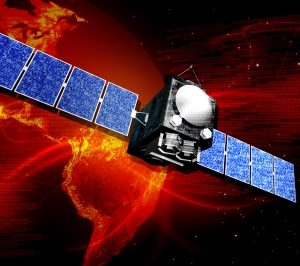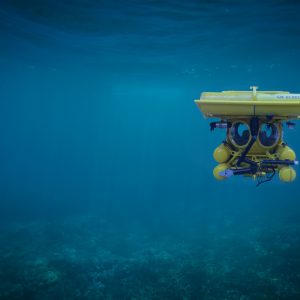Brief description of the technology solution and the added value it provides
The Universidad Politécnica de Madrid and Universidad Complutense de Madrid have developed eMIP, a non-contact technique that allows the fabrication of nanoscale molecular imprinting polymers or MIPs. This method enables the design of arrays of MIPs for the simultaneous detection of multiple (bio) chemical substances. Their nanometer size provides greater sensitivity so that smaller volumes of samples (analytes) and operating power are required. Moreover, as a non-contact technique, it avoids contaminating the MIP material unlike other MIP structuring techniques such as printing molds. From the social point of view, the use of biochips and smart bio-tags manufactured by this method will circumvent stringent storage and operation requirements , making this innovation accessible to less developed and less purchasing power societies.
Description of the technological base
Non-contact technique for manufacturing MIPs nanostructures, through a direct write system, solving the technical problem of contamination of the polymeric material which results from the use of other techniques (“nanoimprinting”). Unlike other techniques which use UV radiation for polymerizing, the proposed solution is based on the irradiation of the surrounding material with e-beam radiation to generate the nano-patterns, which are non-irradiated (and thus not damaged), acting as MIP.
Their nanometer size allows its use in the analysis of reduced sample volumes. It is also possible the simultaneous detection of multiple analytes using “arrays” (MIP matrices). The technique allows nanostructured MIPs to be synthesized for specific applications considering both the dimensions of the material and the capacity to identify a specific chemical compound. This solves the lack of biological receptors selective to compounds of interest.
“This synthesis method enables the design of ‘arrays’ (matrices) of MIPs for the simultaneous detection of multiple (bio) chemical compounds”
Market demands
Food sector
- Food Safety: The food safety legislation is becoming stricter therefore analytical methods are needed that allow detection of contaminants even at very low concentration levels.
Security
- Trademark Counterfeiting: The Anti-counterfeiting International Trademark Association estimates that the counterfeiting accounts for between 5 – 7% of world trade. The smart label is positioned as a solution to this problem.
- Detection of prohibited and/or toxic substances: Globalization implies a movement of goods on a large scale among countries with sometimes different regulations regarding toxic substances. Detection of these substances is therefore essential and not always feasible due to the lack of biological receptors selective to such substances.
Competitive advantages
- Double security system based on the specificity of the method of manufacture of nanoscale patterns and the chemical selectivity of MIP material. This method for generating labels or codes makes counterfeiting really difficult.
- It is possible to synthesize nanostructured MIPs for specific applications considering both the dimensions of the material and the capacity to identify a specific chemical compound. This solves the lack of biological substances sensitive to compounds of interest.
- Non-contact technique, avoiding the contamination of MIPs. This is a key advantage over nano-printing techniques.
“eMIP offers a double defense system against fraudulent attempts to copy tags thanks to the specificity of nanofabrication techniques and the chemical selectivity of the material”
Development stage
- Concept
- Research
- Lab prototype
- Industrial prototype
- Production
Contact
eMIP
Carlos Angulo Barrios
Instituto de Sistemas Optoelectrónicos y Microtecnología
e:
Contacto UPM
Área de Innovación, Comercialización y Creación de Empresas
Centro de Apoyo a la Innovación Tecnológica – UPM
e:
















